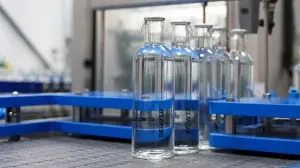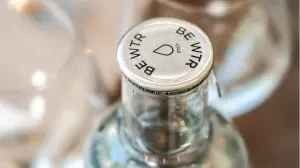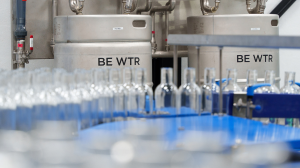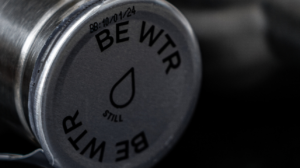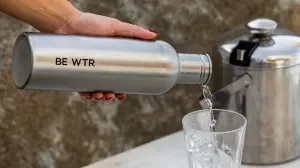-
FILTRATION
TECHNOLOGY
-
TASTE
& SENSES
-
GOOD
FOR YOU
-
GOOD
FOR THE PLANET
From mighty mountain-top glaciers and cool, deep lakes to gushing rivers and streams. From the steady dripping of water filtered through ancient rock to the depths of underground reservoirs. From crystalline snowmelts to evaporation from our seas and oceans, your water has a past and present – just like you do. Embrace your water’s own unique flavour and raise a glass to the history and heritage of your region. Be proud of your local water and the tale it has to tell – while becoming part of the story.



